the earth institute’s millennium villages project is a “bottom up” approach to lifting developing country villages out of the poverty trap th
The Earth Institute’s Millennium Villages Project is a “bottom up”
approach to lifting developing country villages out of the poverty
trap that afflicts more than a billion people worldwide. The
Millennium Villages Project plans to provide early successes on how to
achieve the Millennium Development Goals (MDGs) — clear targets for
reducing poverty, hunger, disease, illiteracy, environmental
degradation and discrimination against women — by 2015.
Earth Institute scientists and development experts in agriculture,
nutrition and health, economics, energy, water, environment and
information technology are working with local communities and
governments to apply a proven, integrated package of interventions to
help villages get out of extreme poverty. As the Millennium Villages
Project achieves successes, it will work with national governments and
local organizations to scale up these poverty-reducing measures.
The Millennium Villages Project embraces the vision of the Millennium
Declaration and the work of the U.N. Millennium Project, which are
based on the overall paradigm that poor nations commit to good
governance and development policies based in science and the
scaling-up of best practices, and that rich countries commit to much
greater financial assistance, access to markets, and expanded
knowledge transfer to achieve the MDGs.
The UN Millennium Project and the Earth Institute at Columbia
University are working with governments, donors, civil society and
other partner organizations to support three types of Millennium
Villages in hunger hotspots across the developing world. The aim of
these initiatives is to (i) provide rigorous proof of concept for
integrated, community-based, low-cost interventions to meet the
Millennium Development Goals (MDGs) in rural Africa, (ii) identify
mechanisms for national-level scaling up of community-based
interventions to support the design of national MDG-based development
strategies, and (iii) engage governments and donors in a 10-year
scaling-up effort across Africa and other hunger hotspots in Latin
America and Asia.
Underlying Principles
The underlying principles of the Millennium Villages Project include:
*
Community empowerment through participation and leadership in
design, implementation, monitoring and evaluation
*
Interventions based on proven, science-based research (biophysical
and socioeconomic) combined with the best local knowledge
*
Implementing within the budget estimates of the Millennium
Project; at approximately $110 per person per year
*
Building on existing community, government and non-government
programs in the area
*
Building capacity and empowerment at the local level
*
Strengthening local institutions
*
Linking with and obtaining support from local, provincial and
national governments
*
Consistency with national plans for interventions
*
Beneficiaries pay part of the way — in cash or in-kind — congruent
with their ability to pay or provide
*
Planning to become self-sustaining or at a minimum self-governing
— this would include an exit strategy in which government programs
take over provision of specific public services
*
Scale-up by spreading the advances from village to village, from
district to district, and from country to country
*
"Bottom-up" approaches can produce effective synergies with
“top-down” ones, provided they are properly linked through
enabling policies.
Outputs and Impacts
The project will have immediate, short-term and long-term impacts on:
*
The MDG villagers, involving several thousand people living in
environmentally sustainable ways within 5 years
*
Methods and manuals for implementing and scaling-up different
activities in Millennium Villages
*
Documentation of the village-level processes and costs for
attaining the Millennium Development Goals, including governance,
management, empowerment, and ownership
*
National government policies and scaling-up plans for millions of
Africans by 2015
*
Training and equipping thousands of villagers, local-level
extension agents, and government officials with the necessary
knowledge and expertise to empower and train other villages for
transfer and scaling-up in line with the Millennium Development
Goals
*
Millennium Village Types and Scaling Up
The preferred means of scaling-up is through district, provincial, and
national level involvement — using the MV sites as pilots for
demonstrating the concept and developing tools that can then be
managed and expanded by governments.
Three types of Millennium Villages enable the scaling up of
interventions. The Millennium Research Villages (Type 1 Millennium
Villages) represent the core of the project, where interventions are
rigorously monitored, their outcomes quantified, and proof-of-concept
established. The Millennium Research Villages, each home to about
5,000 people, aim to create and demonstrate a model for achieving the
MDGs that can go to scale in all senses: concept, financing,
implementation, monitoring and evaluation.
Based on the experiences and lessons from the Type 1 Millennium
Research Villages, the Type 2 Millennium Villages, or "clusters,"
focus on scaling up the integrated, community-based strategies for
achieving the MDGs to about 10 adjacent villages around the Type 1
Millennium Research Villages. The Type 2 villages are also proof of
concept but at a scale of beneficiaries 10 times higher. The aims of
the Type 2 villages are:
*
To integrate village-level interventions across parts or all of an
entire district, applying lessons from the Type 1 villages
*
To understand and demonstrate how community-based interventions
for achieving the MDGs can best be coordinated, implemented, and
financed at a wider scale
*
To understand interventions that need to be provided at a district
level (e.g. referral hospitals, transport infrastructure,
electricity generation and distribution) and thus benefit from
economies of scale
*
And to engage public and private donors in practical,
results-based, monitored and measured interventions at the village
and district level.
*
The Type 3 Millennium Villages will replicate and scale out successful
integrated, village-level interventions to achieve the MDGs in hunger
hotspots beyond the immediate vicinity of the Type 1 and surrounding
Type 2 villages. The emphasis on community-based implementation
mechanisms will be maintained. The UN Millennium Project and the MDG
Centers will support implementation by making available lessons learnt
from the Types 1 and 2 in the form of training, manuals and other
tools. To qualify for the registered trademark “Millennium Villages,”
Type 3 villages must follow the intervention and monitoring guidelines
provided by the Millennium Villages Project.
Fundraising and implementation for Type 2 and Type 3 Millennium
Villages will be overseen by Millennium Promise, a U.S.-based
non-profit organization. Please visit their web site for more
information.
Read about Community Participation
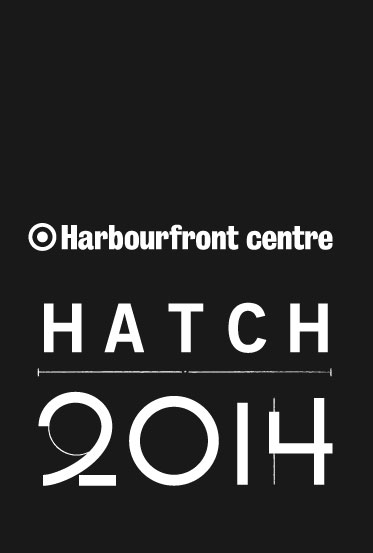 H ATCH 2014 CALL FOR SUBMISSIONS DEADLINE JULY 12
H ATCH 2014 CALL FOR SUBMISSIONS DEADLINE JULY 12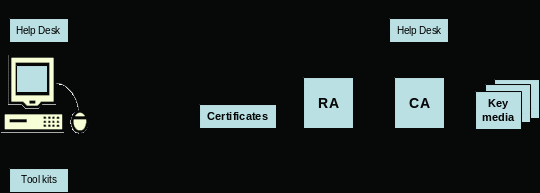 GUIDELINES ON HOW TO DETERMINE RETURN ON INVESTMENT IN
GUIDELINES ON HOW TO DETERMINE RETURN ON INVESTMENT IN 1) EN LA FIG LL` Α MIDE A)5 B)10
1) EN LA FIG LL` Α MIDE A)5 B)10 UBND HUYỆN TIỀN HẢI PHÒNG GIÁO DỤC VÀ ĐÀO
UBND HUYỆN TIỀN HẢI PHÒNG GIÁO DỤC VÀ ĐÀO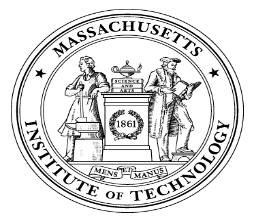 MASSACHUSETTS INSTITUTE OF TECHNOLOGY COMMITTEE ON THE USE OF
MASSACHUSETTS INSTITUTE OF TECHNOLOGY COMMITTEE ON THE USE OF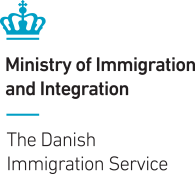 APPLICATION FORM VS2EN010721 FOR OFFICIAL USE ONLY DATE RECEIVED
APPLICATION FORM VS2EN010721 FOR OFFICIAL USE ONLY DATE RECEIVED NAROČILNICA ZA OGLAŠEVANJE NA PORTALU RAČUNOVODJACOM NAROČAMO (PROSIMO OBKROŽITE)
NAROČILNICA ZA OGLAŠEVANJE NA PORTALU RAČUNOVODJACOM NAROČAMO (PROSIMO OBKROŽITE)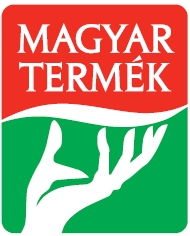 NEVEZÉSI LAP A NEVEZÉSI LAP A SZÜKSÉGES NYILATKOZATOKKAL EGYÜTT
NEVEZÉSI LAP A NEVEZÉSI LAP A SZÜKSÉGES NYILATKOZATOKKAL EGYÜTT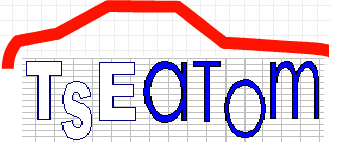 ULAŞIM VE LOJISTIK SISTEMLERI MERKEZI BAŞKANLIĞI ARAÇ TİP ONAY
ULAŞIM VE LOJISTIK SISTEMLERI MERKEZI BAŞKANLIĞI ARAÇ TİP ONAY EXPRESSION OF INTEREST TO BROKER LANDGATE COMMERCIAL LOCATION INFORMATION
EXPRESSION OF INTEREST TO BROKER LANDGATE COMMERCIAL LOCATION INFORMATION